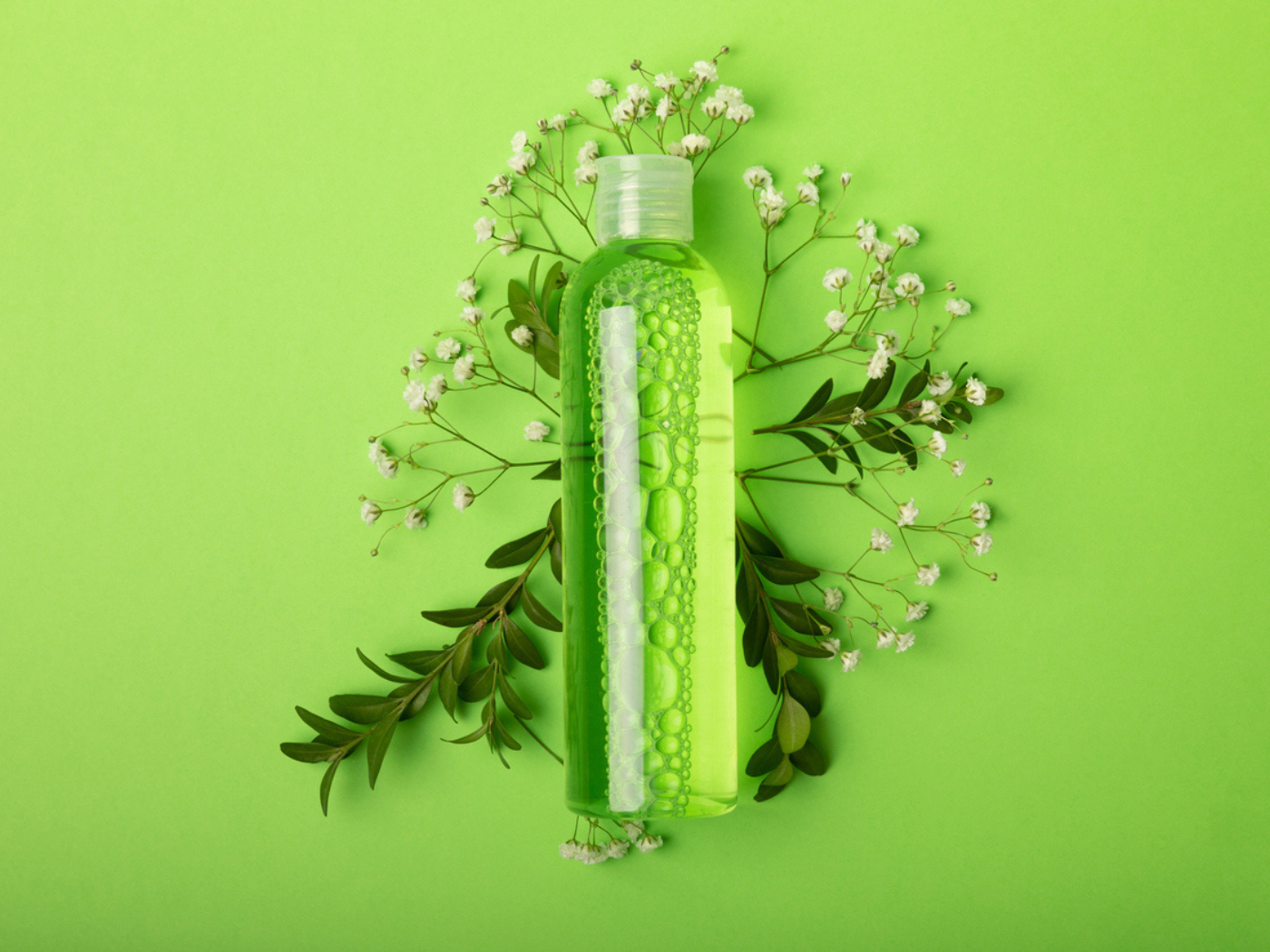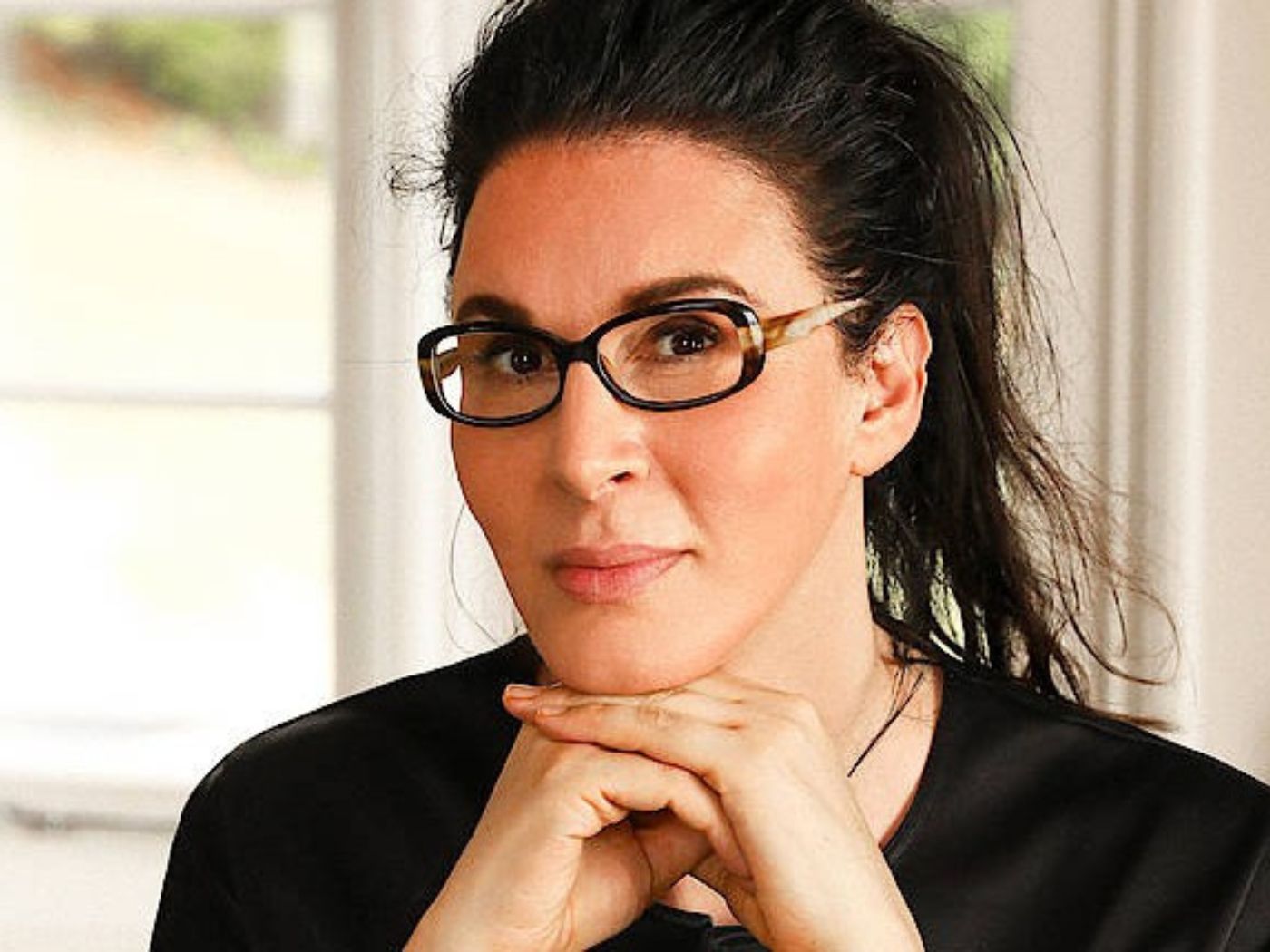Dove is on a mission to normalize Black hair inclusion and end hair discrimination in gaming. On November 15, the brand, in partnership with the Open Source Afro Hair Library, is launching Code My Crown, a free online resource that offers a complete how-to guide for creating realistic, modern textured hair looks and protective styles in video games.
With a portfolio of 15 digital hairstyles designed by Black artists, the instructional guide is aimed at professional video game developers but is open to everyone to download for free, giving amateur coders and gaming enthusiasts full access to all the tools and information as well.
The lack of hair diversity in video games is one of the biggest frustrations for both players and gaming developers. Dove’s research found that 85% of Black gamers believe video games poorly represent textured hair, and that nine in 10 developers admit there is a lack of resources when it comes to coding natural/textured hair. Most developers say that they want to create more hair diversity in gaming, they just don’t know how to.
Compounding the issue is that the handful of textured hairstyles currently available to coders are mostly outdated looks that are often highly stereotypical, leading many Black players and developers to feel unwelcome in the gaming space.
Code My Crown aims to change all that by not only giving developers all the necessary tools to create realistic depictions of Black hair, but by creating a movement designed to empower more Black people to enter the gaming industry which would, in turn, fuel better representation overall in games and inspire more diversity throughout the entire gaming community.
To tackle this head on, Dove joined forces with the Open Source Afro Hair Library, an online database founded by Black media artist A.M. Darke that offers free, 3D modeled Black hair textures and styles designed by Black artists for use in video games, virtual reality, and other 3D media. Darke, an assistant professor of digital arts and new media at the University of California Santa Cruz, created the Open Source Afro Hair Library after her own experience a few years ago of trying to develop a video game and being shocked by how few textured hair assets were available for designing the game’s characters.
“I knew games had issues with representation and depicting Black hair, but I had no idea how deeply rooted the issue was until I began searching through massive online warehouses of digital objects and saw the racial stereotypes,” said Darke. “I saw completely offensive caricatures, like a Black man wearing a t-shirt with a watermelon on it. It was very upsetting to browse the digital representations of Black people and see almost no Black hair—and what was available was so regressive and problematic, like messy Locs or a stereotypical 1970s Afro. Video games and digital media are a space of fantasy, and I couldn’t understand why the virtual world was recreating the same social and cultural biases that exist in real life. So, I started putting out open calls on my social media to find Black 3D media artists who know Black hair intimately and could help start a database of textured hair assets.”
Word of Darke’s Open Source Afro Hair Library quickly spread. Dove got wind of the initiative and contacted Darke, who was inspired to partner with the brand when she learned that Dove co-created the CROWN Coalition which supports the passage of the CROWN Act, legislation that prohibits race-based hair discrimination in workplaces and schools (since the creation of the CROWN Act in 2019, laws have been passed in 23 states).
For Dove, joining forces with A.M. Darke and the Open Source Afro Hair Library is a natural extension of the brand’s longstanding mission to make beauty more inclusive and a source of happiness rather than anxiety, and to help young girls have better self-esteem. “More and more girls are spending time in the virtual world of gaming,” said Lauren Baker, Dove’s Senior Brand Manager of Engagement & Social Impact, noting that an estimated 60% of girls start playing video games before age 10. Dove first entered the gaming space in 2022 with the launch of Real Virtual Beauty, which aims to create more positive representations of women and beauty in games. “Code My Crown is a continuation of these efforts, specifically focused on how natural hair and protective styles are portrayed in video games, which can oftentimes be unrealistic, stereotypical, and even offensive,” said Baker.
To create Code My Crown, Dove and Darke enlisted a team of Black 3D artists, animators, programmers, and academics from around the world to develop 15 digital hairstyles (known as “sculpts”) that depict core, everyday textured looks. “What was so offensive to Black gamers is that we didn’t even have the basics of textured hair represented before,” said Darke. “We needed a good fade, a modern and realistic Afro, a nice-looking twist out, Locs that aren’t messy but that look styled and cared for.” Creating 15 core textured hairstyles was the focus for launching Code My Crown, but the hope is that developers—now armed with the resources from the free guide to accurately depict textured hair—will use the information to create more Black hairstyles to populate the library of looks available on the site.
Each of the 15 sculpts on Code My Crown comes with step-by-step instructions and 360-degree photo mapping to show coders precisely how to design the look. But beyond the technical learnings, there is also cultural insight offered for each sculpt that speaks to how to best represent the style in the digital world. “We’re providing digital designers with a better understanding of the when, why, and how of using a particular hairstyle in a game,” said Darke. “It’s thinking about the context in which a character with that hairstyle is represented. That’s what excites me about Code My Crown—the attention to detail. In real life, we put so much time and effort into the maintenance and care of our Black hair, and now, we’re able to depict more of the versatility of Black hair in the virtual world.”
Equally meaningful to Darke is how Code My Crown benefits the people making games as much as it benefits the players. She hopes that initiatives like Code My Crown will inspire more Black people to join the gaming industry. “Most developers and digital creators are artists who love the player communities and are passionate about creating games in which everyone sees themselves represented,” said Darke, who praises Code My Crown for addressing the cultural literacy gap in creating true-to-life Black hairstyles.
“People have always blamed the technology, saying it’s too hard to create textured hair because the technology is limited,” said Darke. “Code My Crown helps people find workarounds to do more with existing technology, because you’re learning how to create Black hair from Black artists who have figured it out on their own and are now sharing what they know. Hopefully this will empower people to develop their vision and understanding of Black hair. And if more people see themselves in games, then we’ll see more diversity among the people developing games. I see Code My Crown as a powerful and comprehensive way to extend advocacy.”
The Code My Crown free guide is available beginning November 15 at Dove.com/CodeMyCrown, along with more information about Dove’s mission to expand textured hair and protective styles in gaming.




